Philanthropy In Public Schools
It's happened to any parent in the United States. Somehow, someway, your child comes home and indicates there's a “fundraising effort” to raise money for something at the school. It's too long of a list to write all the different options out there for funding needs, but there's a larger story here. And this phenomenon doesn’t discriminate between private and public schools….it is ubiquitous.
As I worked on my doctoral dissertation, I was enamored by how public schools were becoming increasingly aligned with philanthropy. My dissertation subject focused on the superintendency and how philanthropy may be more a part of their future. So I've been fascinated with this issue for many years.
Now it's come home into my own home.
The school where my son and daughter attend is less than five years old. It was rebuilt in its entirety as part of a district-wide effort to upgrade all the school buildings. Frankly, the school is awesome as it stands. However, some parents want to add some outdoor shade, either by sails or a hard top, to give the kids an outdoor classroom and a place for them to get out of the sun. And that's not in the district's spending habits or plans. Thus, the fundraising effort.
Nearly 50% of the elementary schools in the United States are receiving more than $10,000 in philanthropic donations, according to one study. That's up 100% in the last decade. And of that group of schools raising more than $10,000, more than half of those are raising more than $20,000 in philanthropic support each year. And I have a client or two raising millions and millions of dollars in the public school district arena to supplement facilities and other educational needs. This is beginning to move into, like most of our nonprofit sector, serious and more sophisticated fundraising efforts.
For most, the days of just selling candy bars or trash bags are over. As I said in much of my writings over the past ten years, school districts are going to adopt philanthropy as a way to supplement their reduced tax base or state support to make sure kids and teachers have what they need to be successful. And that means principals and superintendents, while they may not like it, are going to have to be more engaged with philanthropic opportunities.


